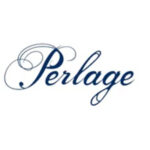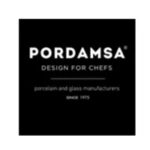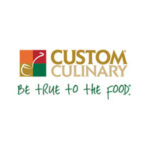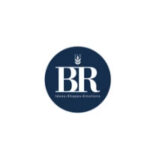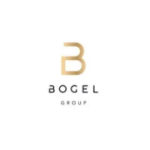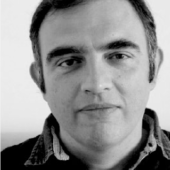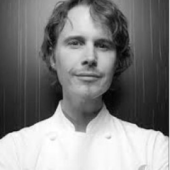
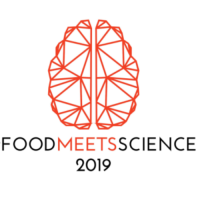
This one-day business conference brought together leading chefs and key stakeholders to identify the main areas of science and innovation within the gastronomy industry. Food Meets Science tries to find answers to different questions – from general ones: what is the difference between taste and flavor? how smell and taste are interacting together? why do we like one thing and another is disgusting for us? to more specific ones like: what happens in your brain when you’re looking at food? is the genetic profile of dining people important in designing gastronomic experiences?
SEE US
In action

250+
ATTENDEES

9
SPEAKERS
2019
Speakers
LEARN
More
Food Meets Science tries to find answers to different questions – from general ones: what is the difference between taste and flavor? how smell and taste are interacting together? why do we like one thing and another is disgusting for us? to more specific ones like: what happens in your brain when you’re looking at food? is the genetic profile of dining people important in designing gastronomic experiences?
Questions like these lead to a debate among the experts. To what extent can science answer the questions that emerge from the chefs’ observations in the kitchen? To what point these observations can help to develop new fields of research? Food Meets Science unites two disciplines: science and cooking.
AGENDA
Highlights
- Gastrophysics: The new science of eating
- Touching culinary science
- The Essence of D’O
- You eat with your brain
- Nature meets Science
- Multisensory experience – food
- Food preferences and genes - not just a matter of taste
- Sensory Perception and Deception
CHECK out our
Gallery

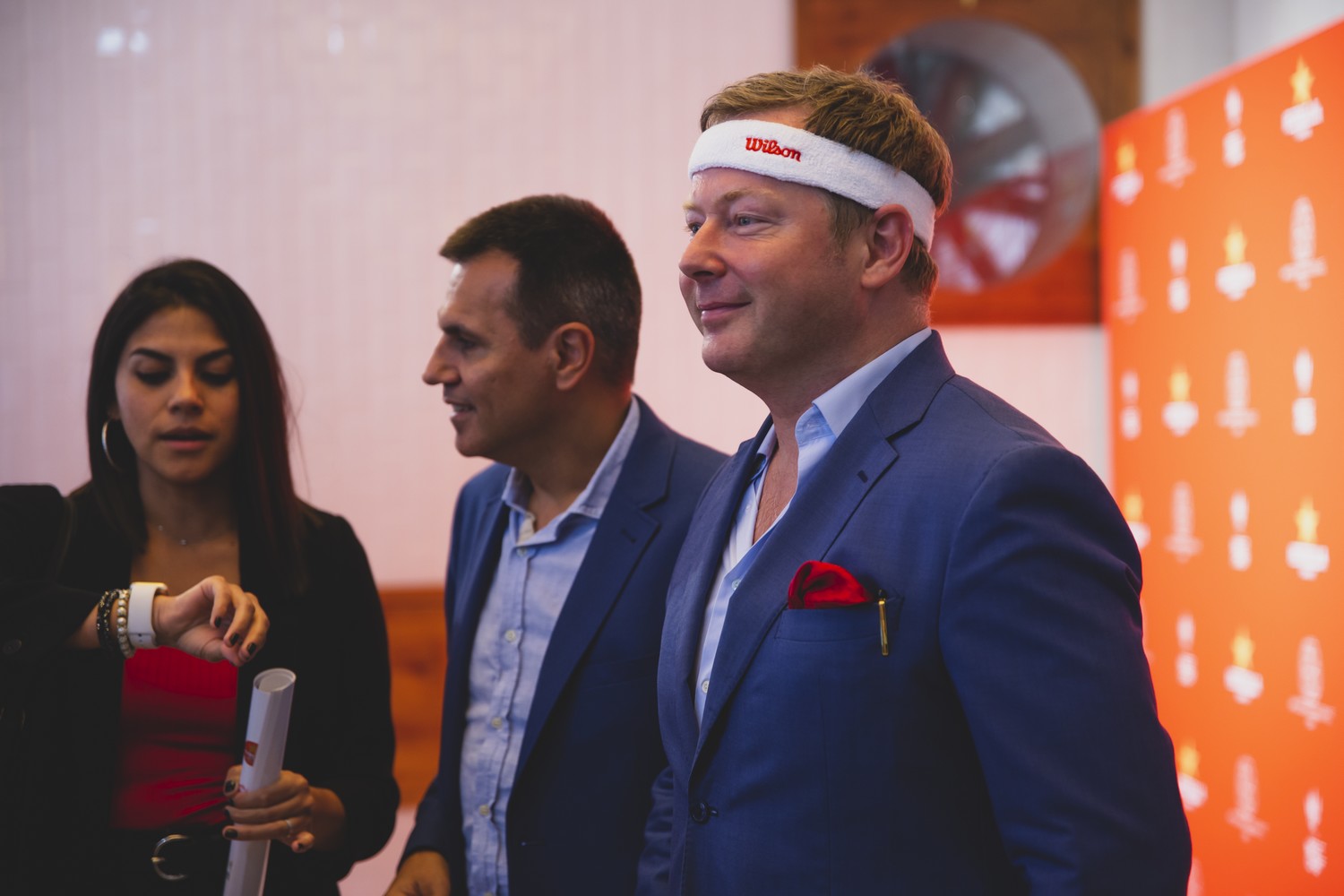

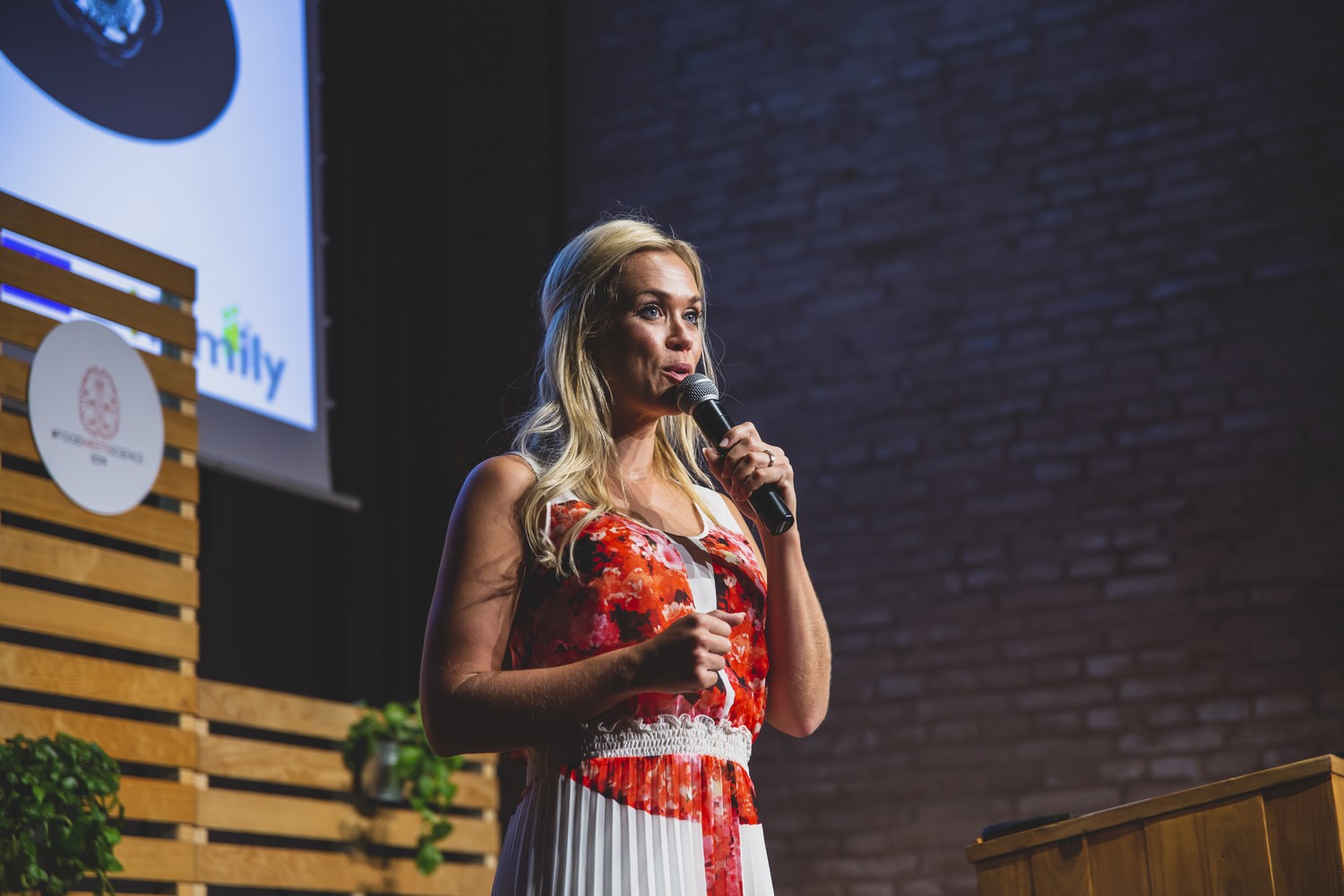
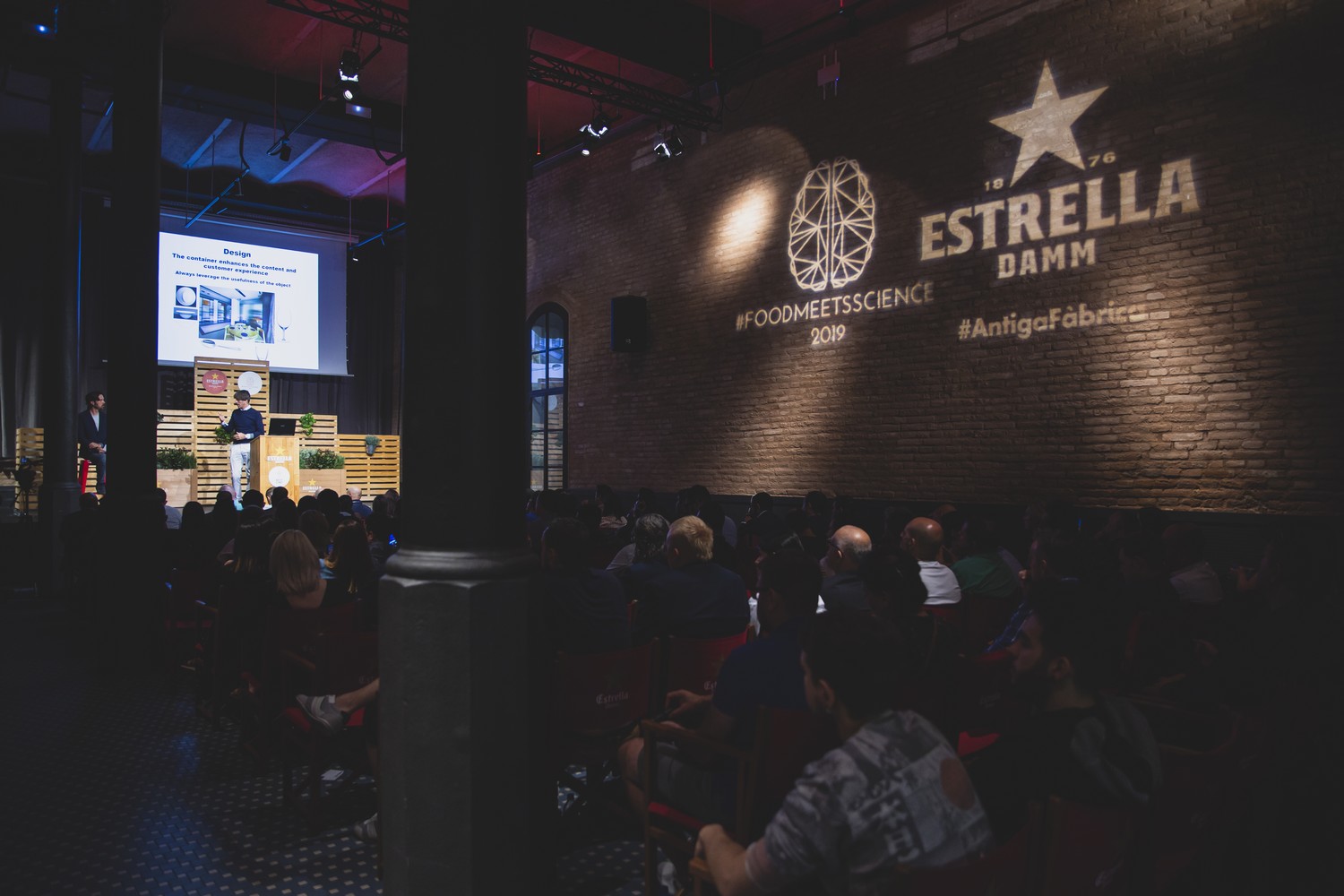
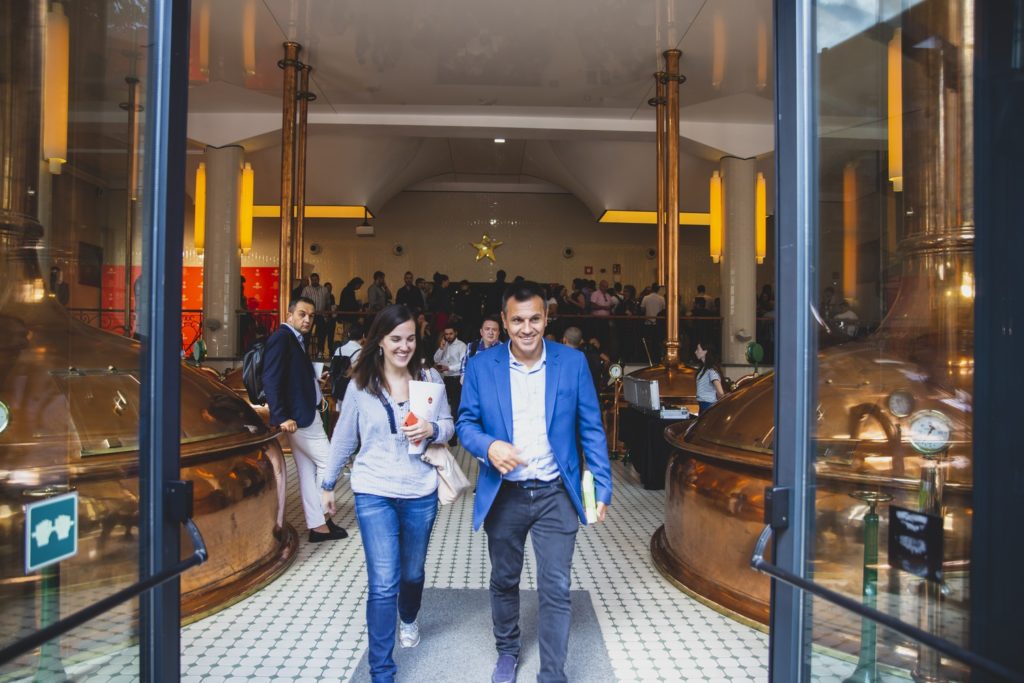
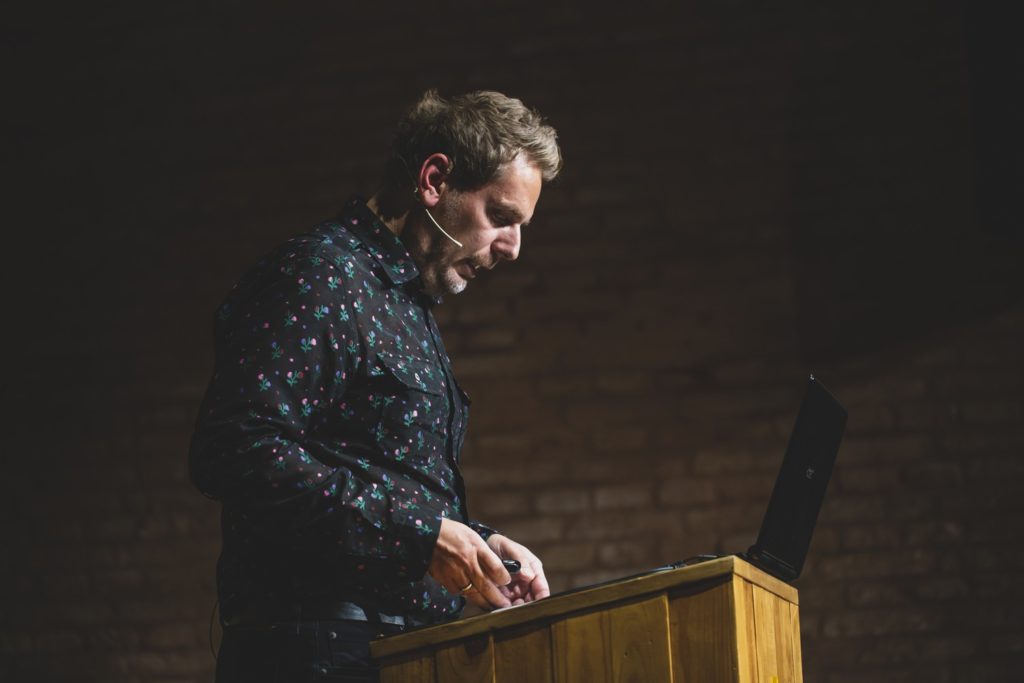
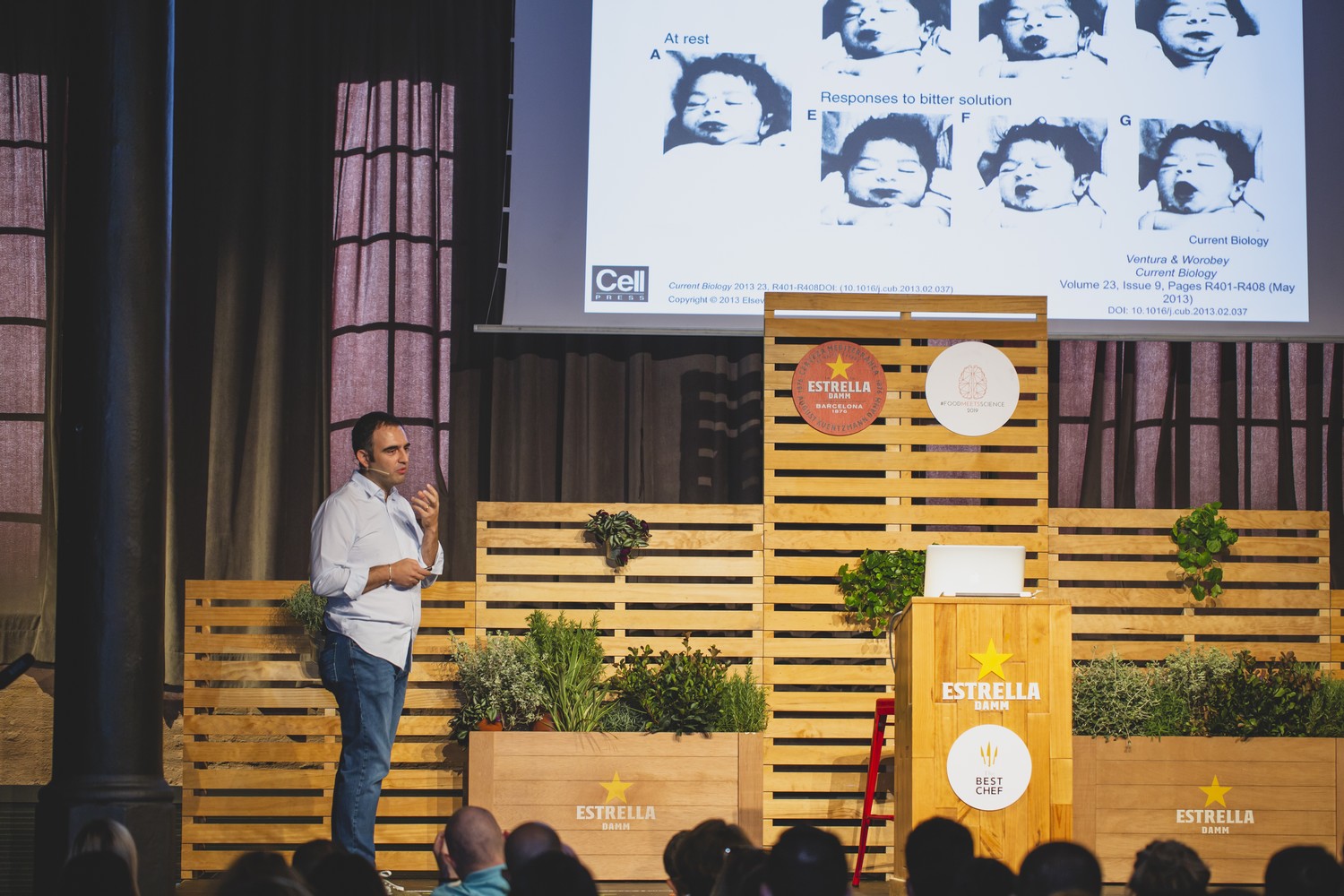

WHERE TO FIND
The venue
- Antiga Fàbrica Estrella Damm, Rosselló 515. 08025 Barcelona, Spain
PARTNERS
